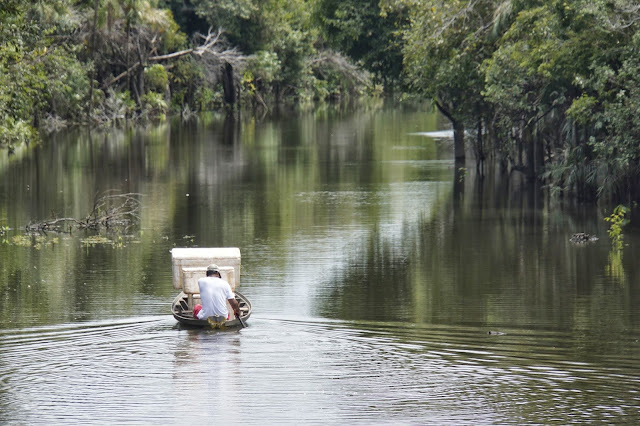3 months to get 4000 Wild Discus !

Many do not understand the difficulty of getting the amount of Wild Discus allowed by Brazilian Law during such a short space of time . That it takes the Amazon Rivers to descend and to rise. As we have already mentioned, we have a quota of 4000 Wild Fish by Brazilian law. The Amazon Rivers usually begin to descend in May, June and only in September it is possible to collect Wild Discus. In the past, water in the Rivers had only begun to rise in January . Of course, all this depends on Mother Nature. If we do not see, for example the Season of 2018/2019. The Rivers started to go down in May, very slowly, but until October they did not go down enough to hold any collection. At the end of October we started to finally select the first Wild Discus. The water has dropped in an extraordinarily fast way and by the end of November it has begun to rise. In fact we had about 45 days to collect and select 4000 wild discus in different communities. All very far fr...



